In the United States, political division has become a defining feature of the nation’s landscape. As many know, our country hasn’t been polarized to such an extent as it is today.
In modern-day America, there’s a fair amount of people who feel strongly about their beliefs – which they are completely entitled to – but they also often look down on people who disagree or who don’t share the same opinions.
People who act like this tend to be less “open-minded” about other people’s beliefs, opinions, or viewpoints. They don’t ask questions like “Why do you think this?” or “What’s a good compromise?”.
Political division is visible in many aspects of American culture today, influencing policies, elections, and public discourse.
This deep-rooted schism between Democrats and Republicans (and even more factions) has increasingly spread into various aspects of society, from social interactions to legislative decision-making, and other things as common as relationships.
People allow another person’s political beliefs to dictate whether they become friends or not- which can cause the loss of a potentially important person from your life. Understanding the sources of this division is crucial for trying to close the gap.
Knowing people with opposing opinions can increase your knowledge on plenty of issues; not only that, but hearing them, can also give you a greater understanding of your own opinions. It’s important to reach over the aisle and try to understand the other side, that is if you want to end the “status quo” between the left and the right.
What does each side believe?
As mentioned earlier, to close this polarizing gap we need to consider all sides. The following graph, using data from Pew Research, displays what beliefs are most commonly associated with the two parties.
| Beliefs | Most Democrats | Most Republicans |
| Centralized gov., interventionism | Yes | No |
| Tradition, religion | No/Mixed | Yes |
| Military spending | Lower | Higher |
| Abortion | Yes | No/Mixed |
| Taxes | Higher | Lower |
| Social programs | Yes | No |
| Open border | Yes | No |
| Economic regulation | Yes | No |
| Foreign Interventionism | Mixed | Mixed |
| Vaccination | Yes | No/Mixed |
| Reparations | Yes | No |
| Guns | No/mixed | Yes |
Thinking about your family, your friends, and your peers… if they have opinions on these sorts of issues, do they feel strongly about them? Often people are so entrenched in their beliefs that they don’t consider other views. This is where Americans need to be more understanding of other people’s perspectives.
If you’re a Democrat, do you ever consider the negative impact of having open borders, like the recent increase in fentanyl and other narcotic (drug)-related deaths in border states?
Republicans, have you ever thought that you can’t always stop change (history has proved that) and that some reforms are for the better?
These are the questions we should be asking ourselves as Americans.
Social Media: How does it polarize American politics?
Does social media blind us to the truth? Is it fostering the political divide in our country? These are both fair questions and this kind of “critical thinking” is crucial.
On the internet, you may watch someone sharing their thoughts and opinions, however, there’s a good chance they’re biased- but let’s say you don’t know that. So you watch them, and slowly it starts to change your perspective- but are these your own opinions? That’s what you need to find out; the internet is home to many experts in influence, and you shouldn’t trust everything you hear. Some may be reliable while others actively spread misinformation.
The media is the average citizen’s primary source of political information so, consequently, most people associate themselves with certain political identities- because it’s what they take in almost every day.
While the internet is- and continues to be a great source of information, it can be dangerous. As previously stated, on the internet, anyone can tell the truth- but anyone can stretch the truth as well.
A second American Civil War?
As the United States struggles with more and more division, concerns over the potential of a second civil war loom. Several factors contribute to this risk, including entrenched polarization fueled by social media (as mentioned previously), demographic tensions, and erosion of trust in our governing systems. The rise in extremist ideologies, both on the left and the right, further increases this threat as well.
We can connect similar current events in American politics to those of other empires and powerful states that soon plunged into civil war. Most believe we haven’t been this divided since the 1860s – not since our Civil War.
If it were even to happen, this conflict would be vastly different from what we saw in our previous civil war. Rather than North vs South, it would likely be cities’ coastal regions vs rural states. A trend seems to be developing; rural folk are considered to be more conservative, and coastal states (excluding Florida) such as California, Washington, and Massachusetts are considered blue states.
Warfare has significantly advanced from what it was in the 1860s as well. Nowadays, the USA is known as the most powerful nation in the world, and we have some of the most advanced military tech and resources.
It would be detrimental to the people of this nation to use our weapons of mass destruction on each other – but some extremists believe this is the only way for their views to prevail. This hostile solution should be avoided at all costs. Instead, we should try and peacefully agree.
Neutrality: A viable solution?
In a fractured America, one may wonder if neutrality could provide a viable solution to bridge the gap. Neutrality, in this context, refers to an approach in which you refrain from taking sides and truly consider all sides. While it may seem like an overly passive stance to have, embracing neutrality could potentially offer a path toward reconciliation.
A fundamental principle of neutrality is an emphasis on objectivity and impartiality. By adopting a neutral stance, people can encourage open dialogue and respectful exchange of ideas and create a space absent of judgment and prejudice.
Moreover, neutrality encourages individuals to critically evaluate information from multiple sources rather than relying on echo chambers that reinforce pre-existing beliefs (In simple words, it encourages getting your news from multiple perspectives, not just one- preventing bias).
Another benefit of embracing neutrality is the fostering of empathy and understanding for those whose political viewpoints differ. Instead of, for example, a left-winger and a right-winger viewing each other as evils that need to be defeated, neutrality encourages the two to find common ground.
Maybe they both feel the same about the economic recession. Maybe they both feel the same about the war in Ukraine or Israel and Hamas. Maybe they could find a compromise over gun regulation. If they don’t listen to each other, they’ll never know.

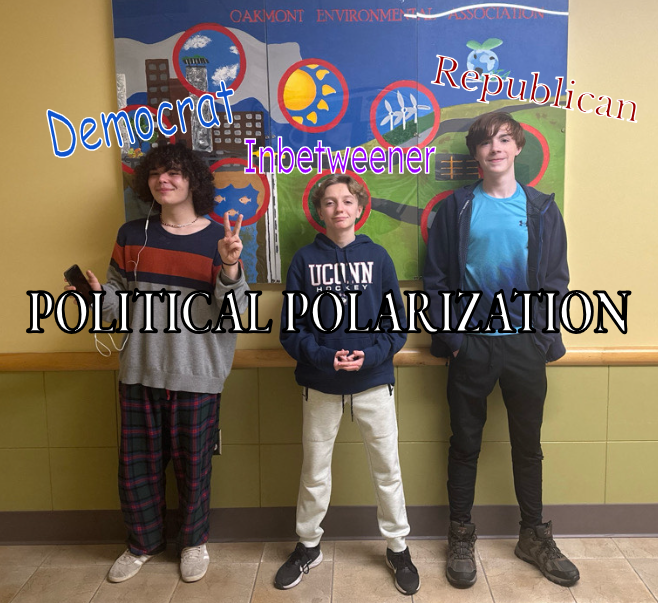
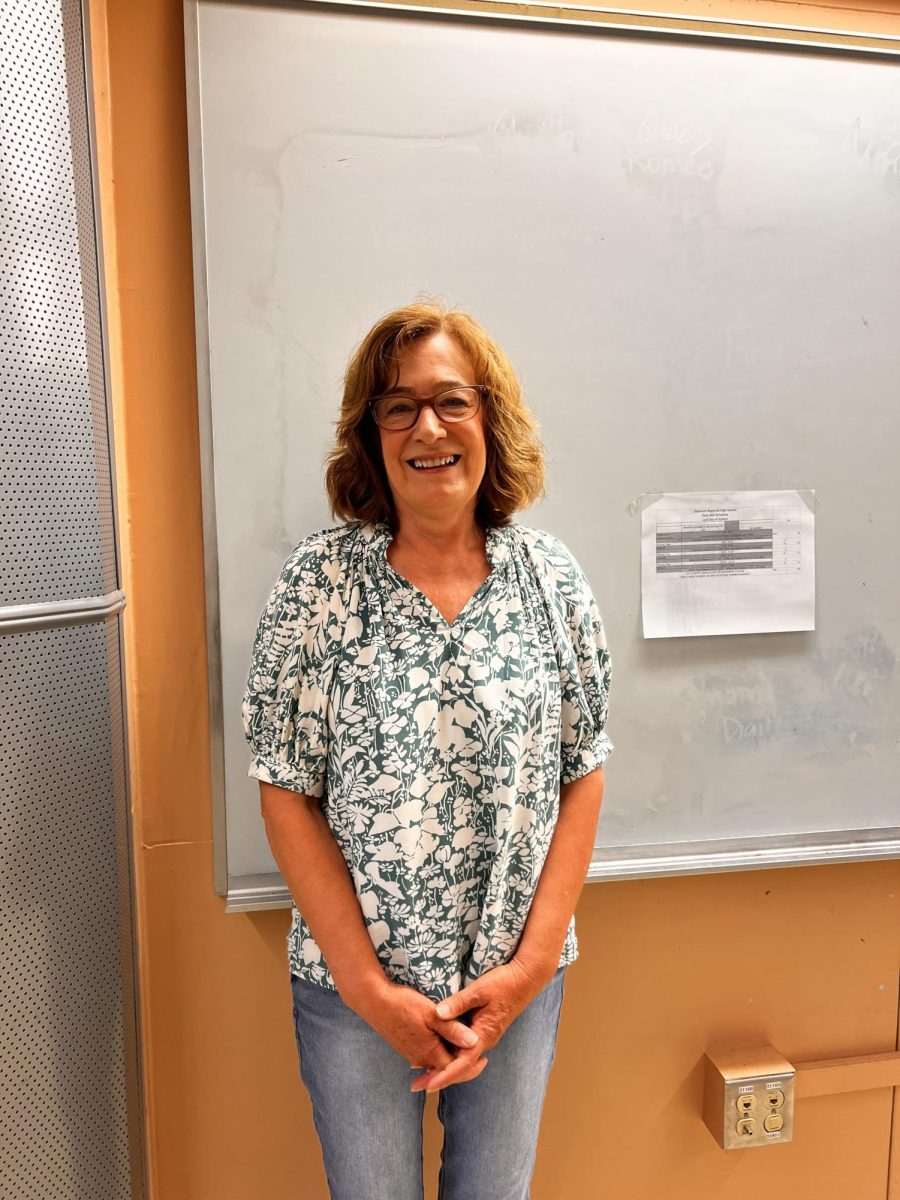





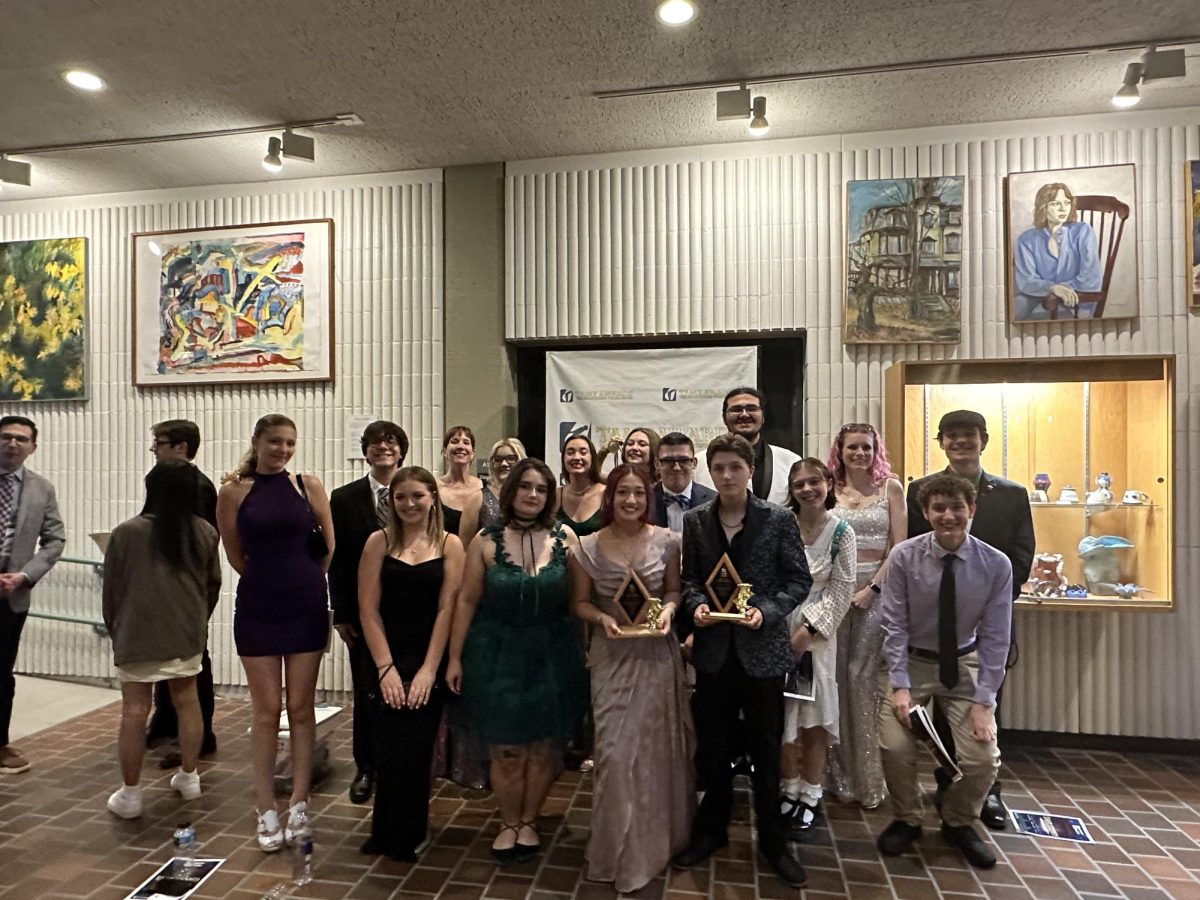


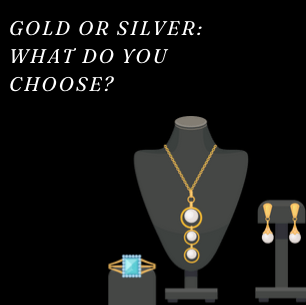

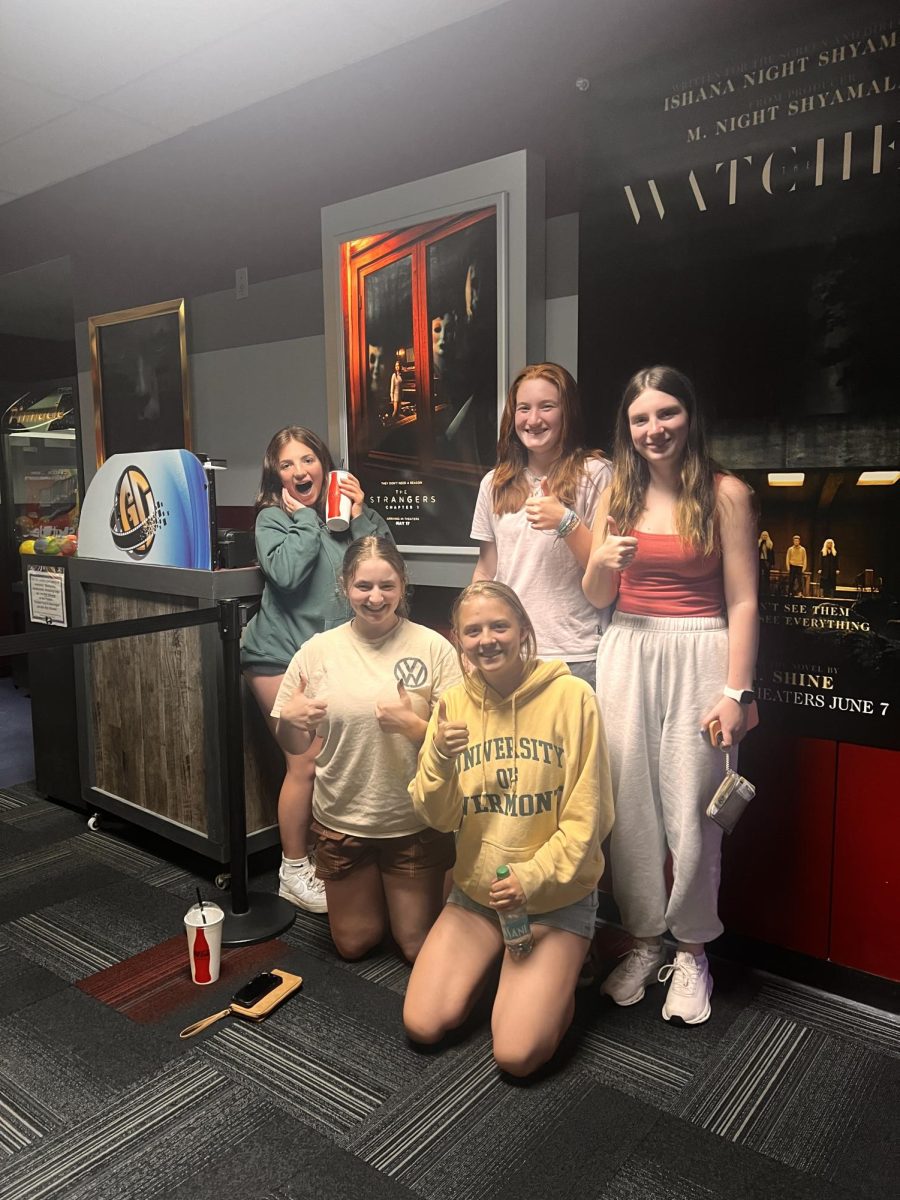


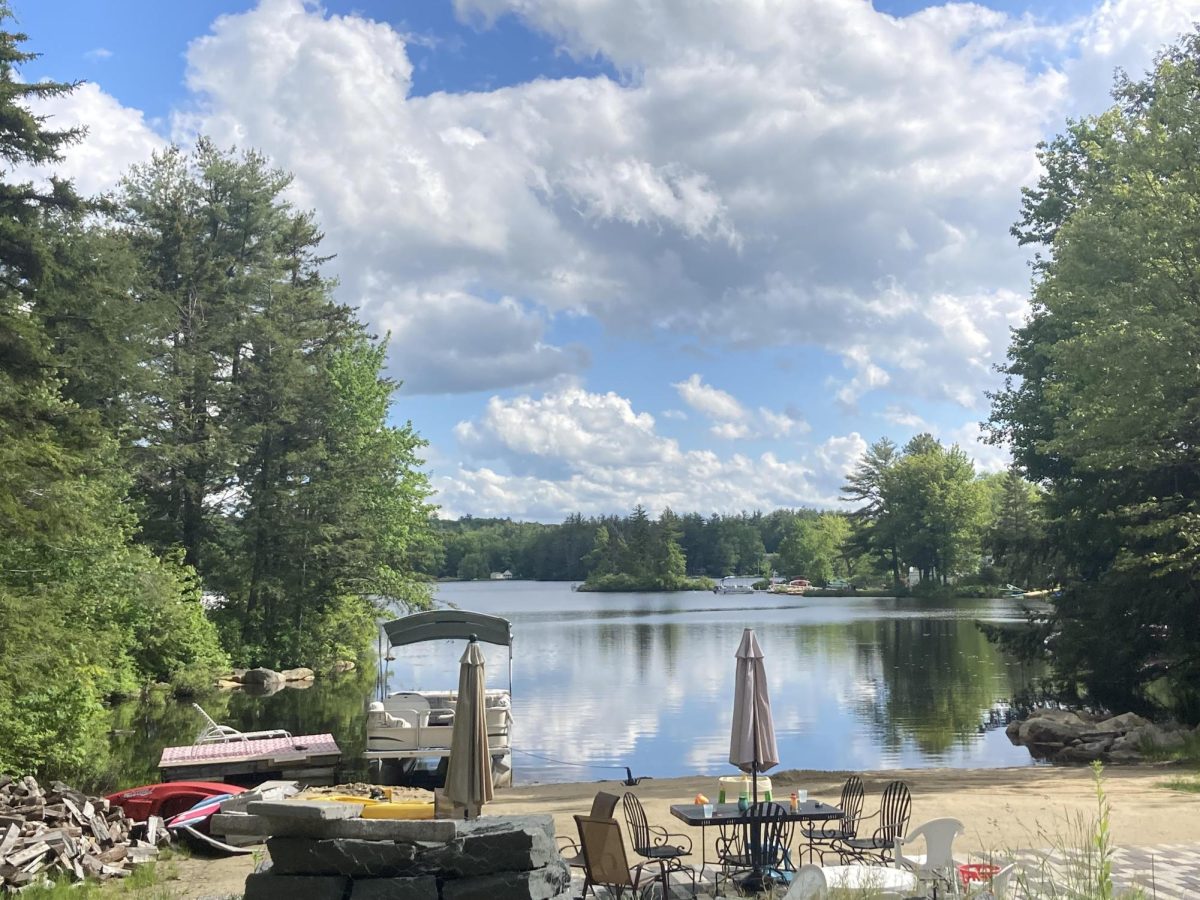

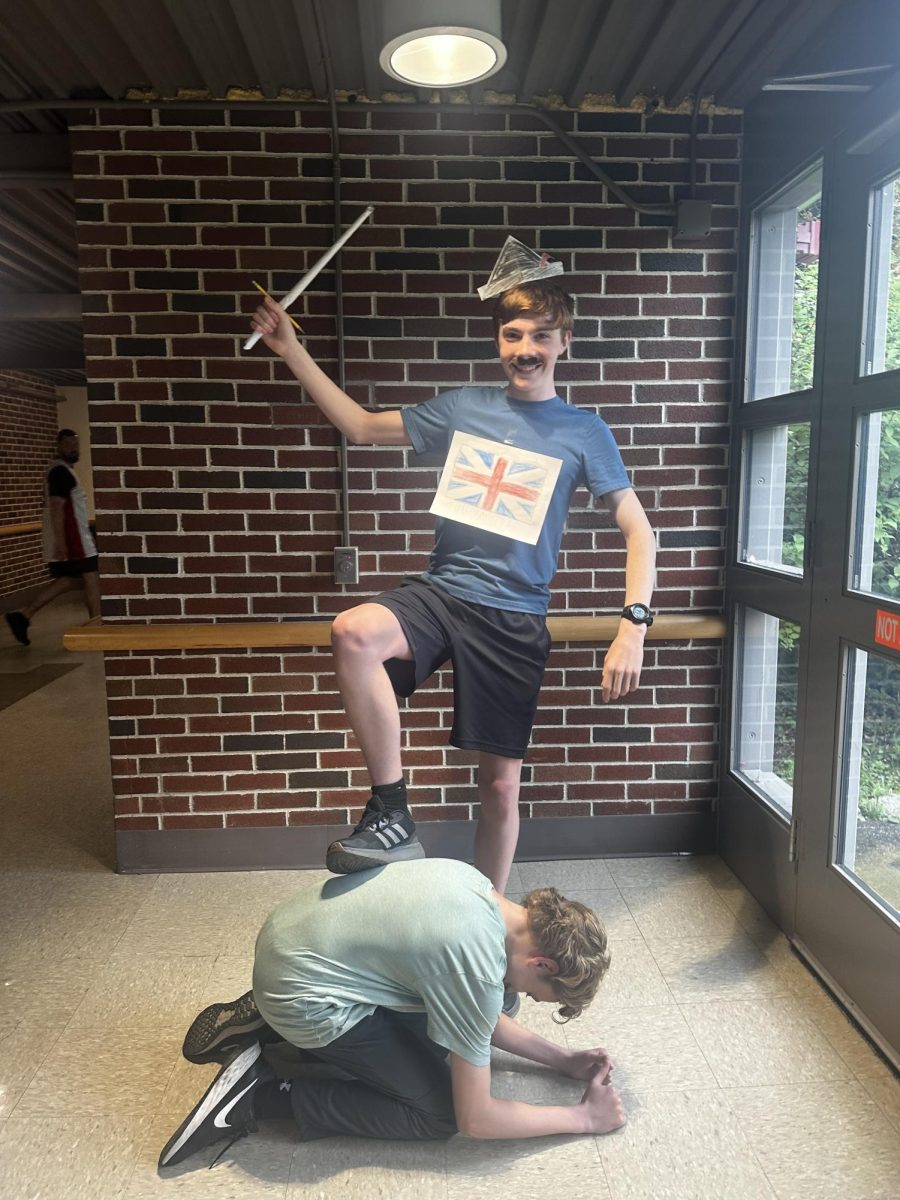


anthony fidler • Apr 24, 2024 at 12:40 pm
Who is that cute curly-headed one under the word democrat??